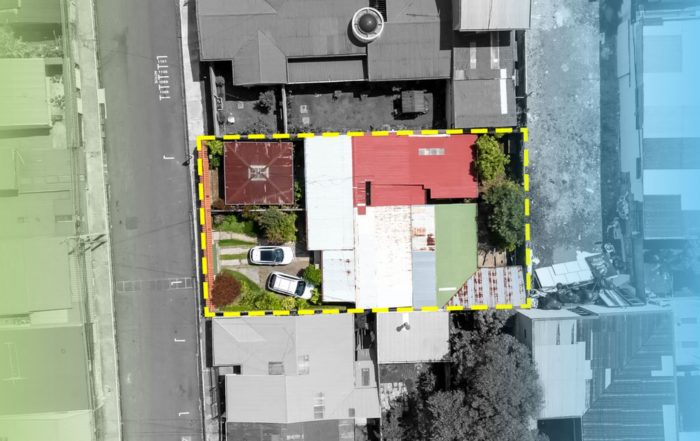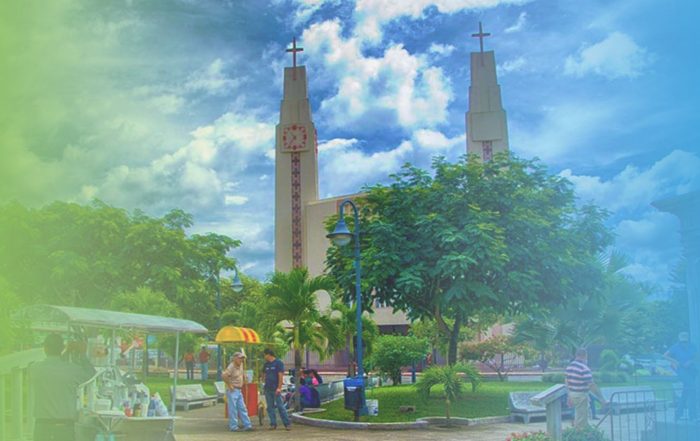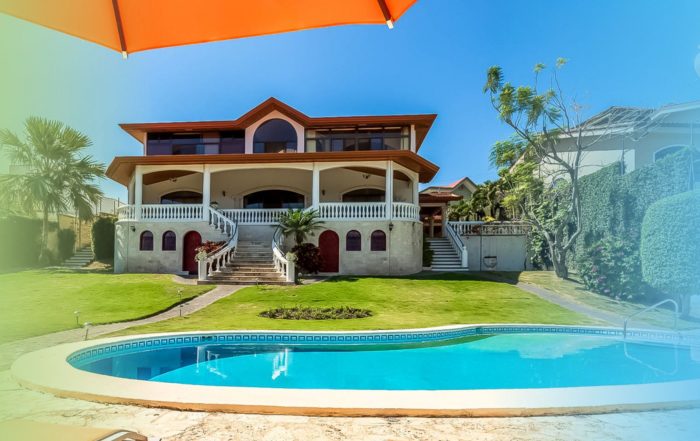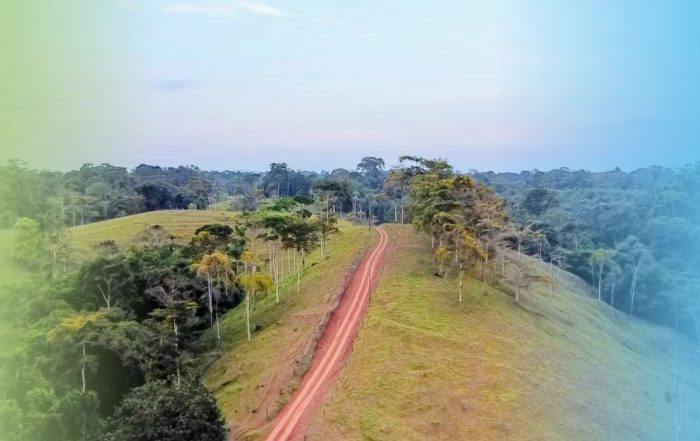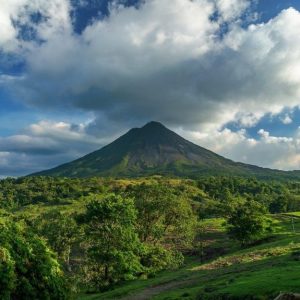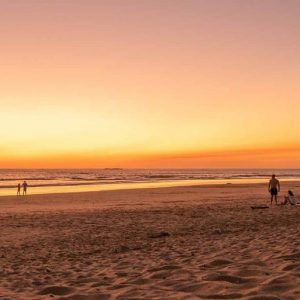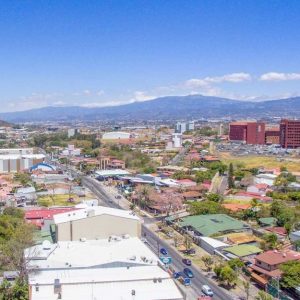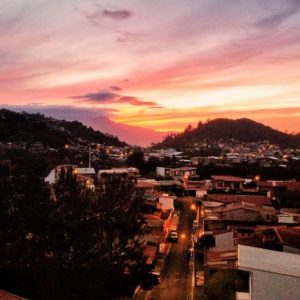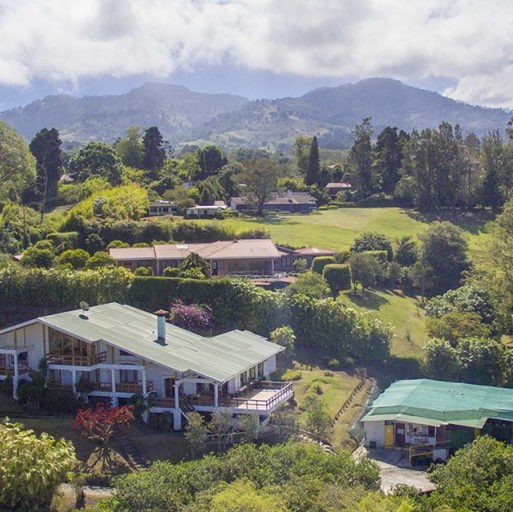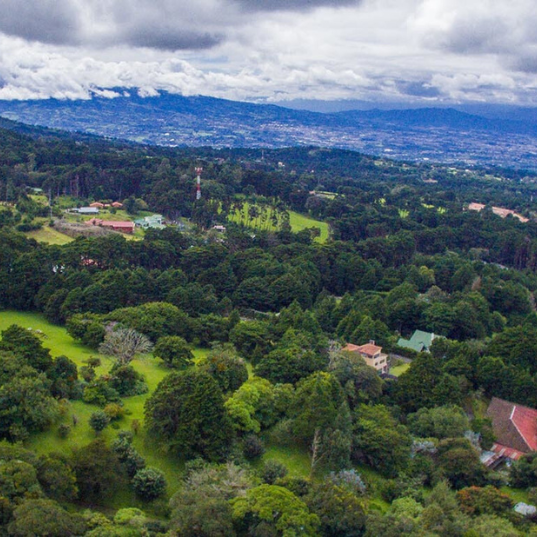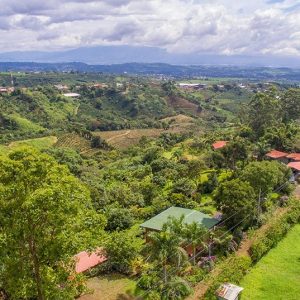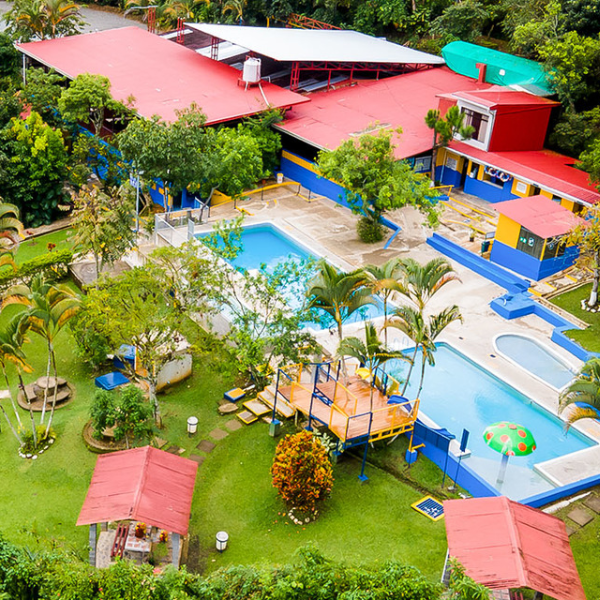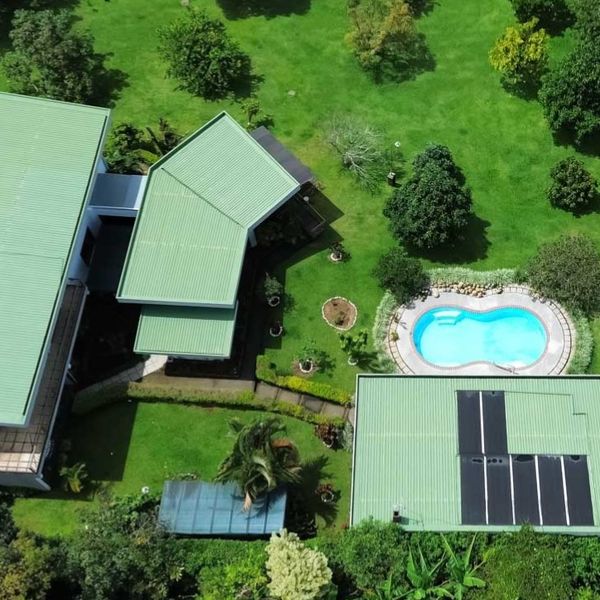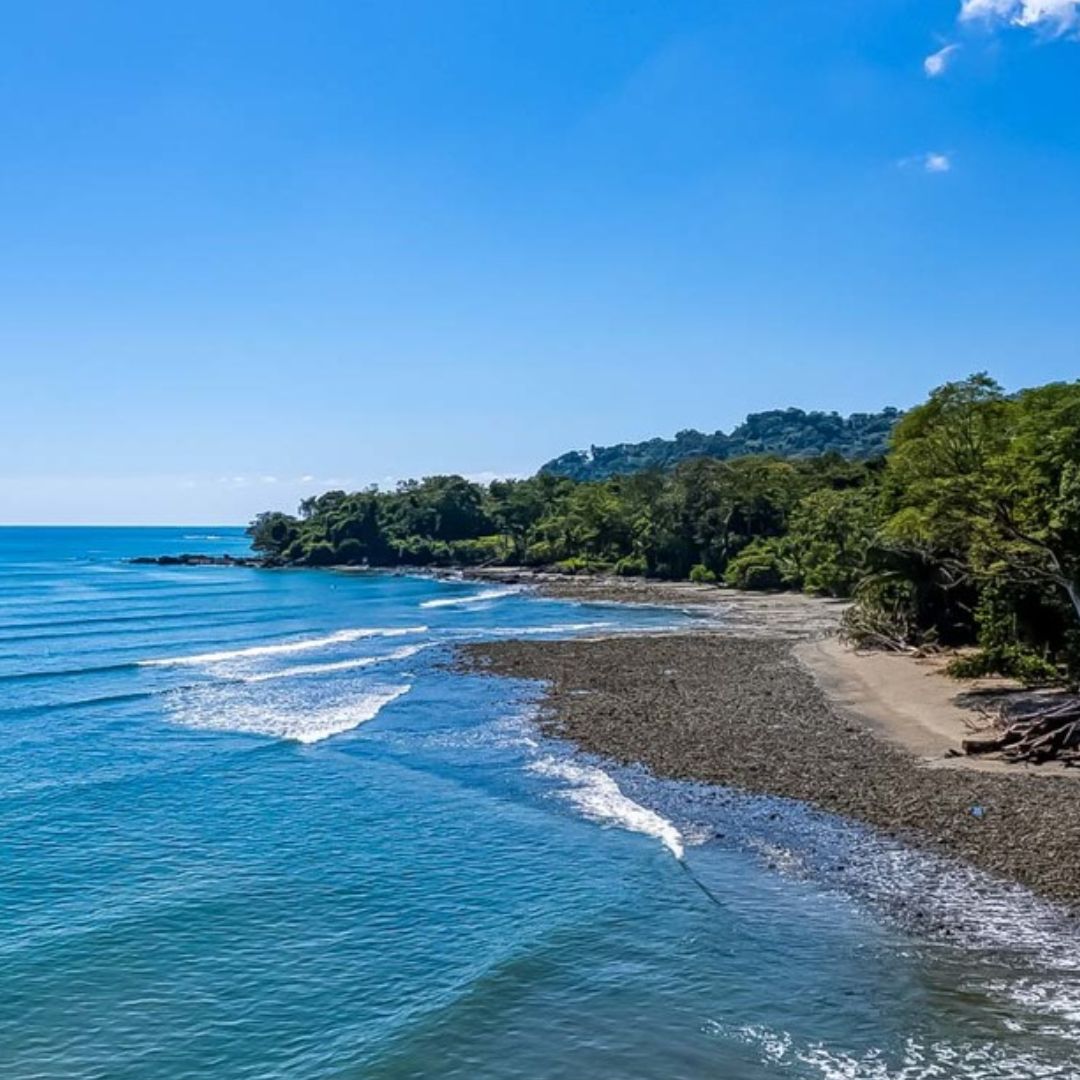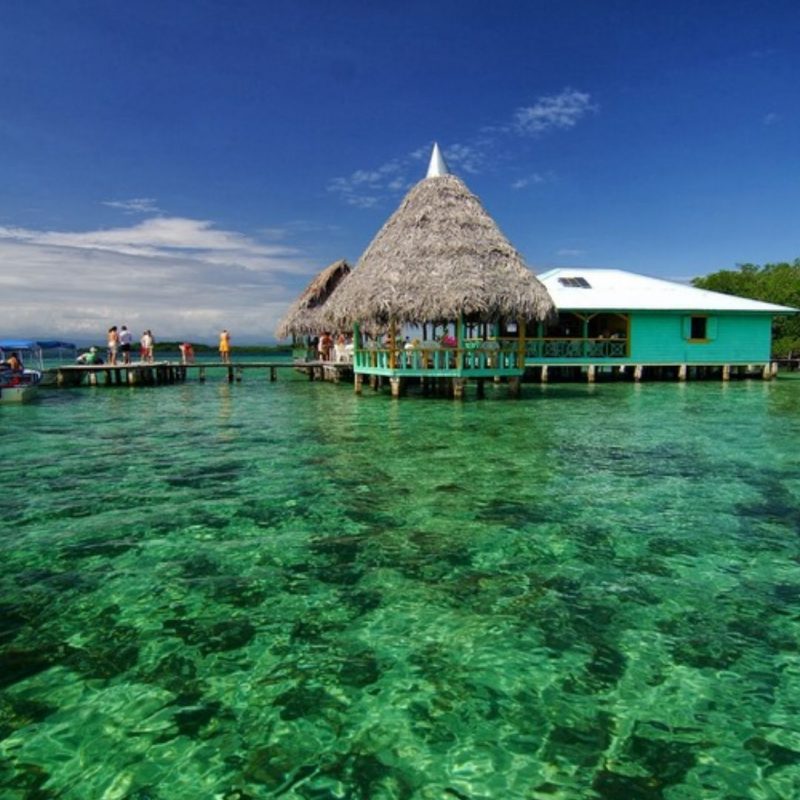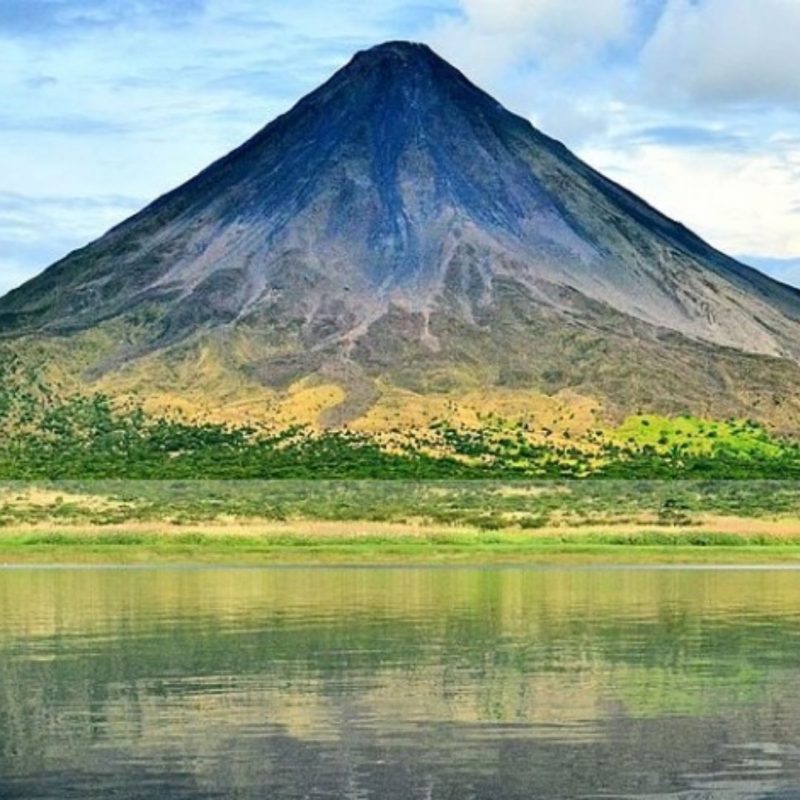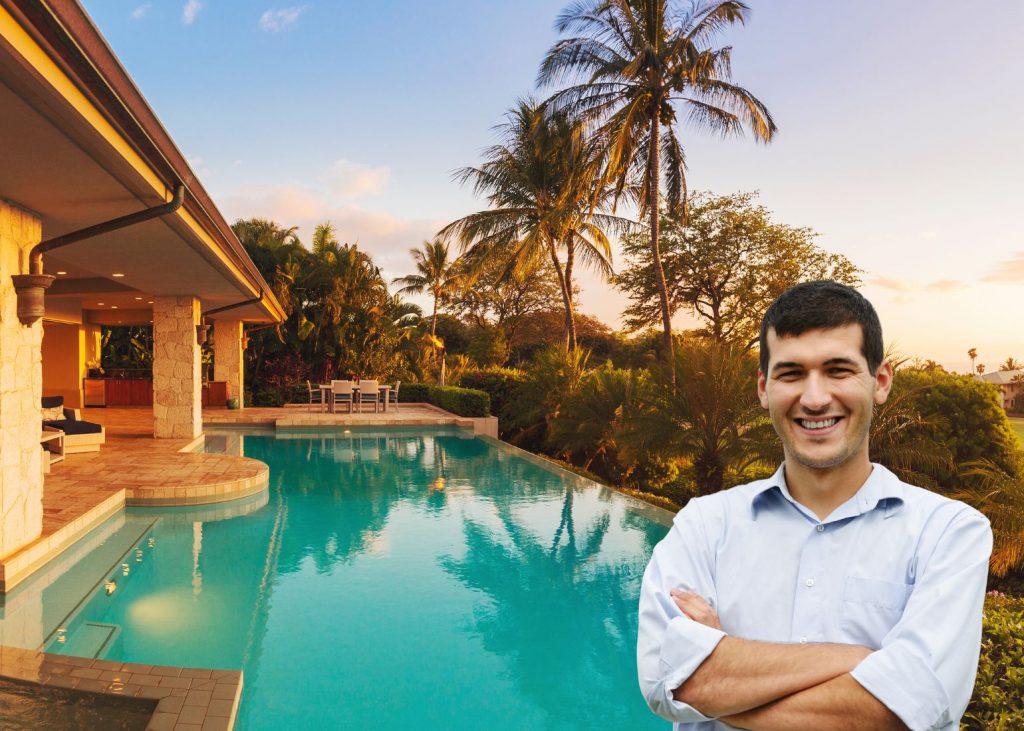The Pacific area constitutes most of the territory of Puntarenas (Jacó, Esterillos, Playa Hermosa, Manuel Antonio, Bejuco, Conchal, Dominical), in addition to two cantons of the province of Alajuela: Orotina and San Mateo. The islands in the transition between Puntarenas and Guanacaste are also part of this region, as well as Isla del Coco which is a world wonder.
Cost of Living in Pacific
Its economy is mainly characterized by tourism but also agriculture and livestock. The cost of living can have a higher value range in comparison to the Greater Metropolitan Area, but contemplates a similar value due to its proximity and type of visitor. Among coastal areas, Pacific is less expensive than North Pacific (Guanacaste).
Below, we show you a table of monthly costs for a family of two people residing in Pacific that the NATIVU team developed according to their experience and knowledge in the area:
| Expense | U.S. $ |
|---|---|
| Electricity | $130 |
| Water | $20 (without pool) |
| Telephony and Internet | $100 |
| Rent | From $800 up to $1,500 |
|
Home purchase |
From $150.000 |
| Private elementary and high school tuition | From $600 |
| Restaurants | From $80 |
Advantages of Living in the Pacific
Sports
- Surfing
- MTB
- Hiking
- Sport fishing
- Paragliding
- Skydiving
- Soccer (Major League)
Nature
- Biological Reserves and National Parks
- Carara National Park
- Manuel Antonio National Park
- Marino Ballena National Park
- Hacienda Baru National Wildlife Refuge
- Isla del Coco
- Nauyaca Waterfall
- Diamante Waterfall
- Bird watching
Climate
- Tropical Dry and Tropical Humid combination.
- Temperatures between 20° and 34° C
- Cool climate due to wind currents
- In areas closer to the mountainous strip, feeling of high altitude climate.
Strategic location
- One hour from the Greater Metropolitan Area
- Proximity to the North Pacific, which is a coastal area.
- Close to the South Pacific, near the Pérez Zeledón region.
- Access to Route 27 to reach the western part of San José.
Lifestyle
- Heterogeneous population: foreigners and nationals
- Respect for nature
- Regarding services and establishment, it is cheaper than Guanacaste.
- Access to supermarkets, clinics and public services.
- A calmer style, architecture responsible with nature and community.
Maritime Activity
- Marina Los Sueños and Marina Pez Vela
- Great yachting activity
- Waterway to other areas such as Montezuma and Santa Teresa
- Surfing
- Stand Up Paddle
- Rafting
- Whale watching
This information on what to expect in Pacific is far from complete. This great region offers unique opportunities and variety for different interests. Do not hesitate to contact a NATIVU Pacific advisor if you are interested in buying in this area of the country.
Related Articles in our Blog
Guides To Buy by area


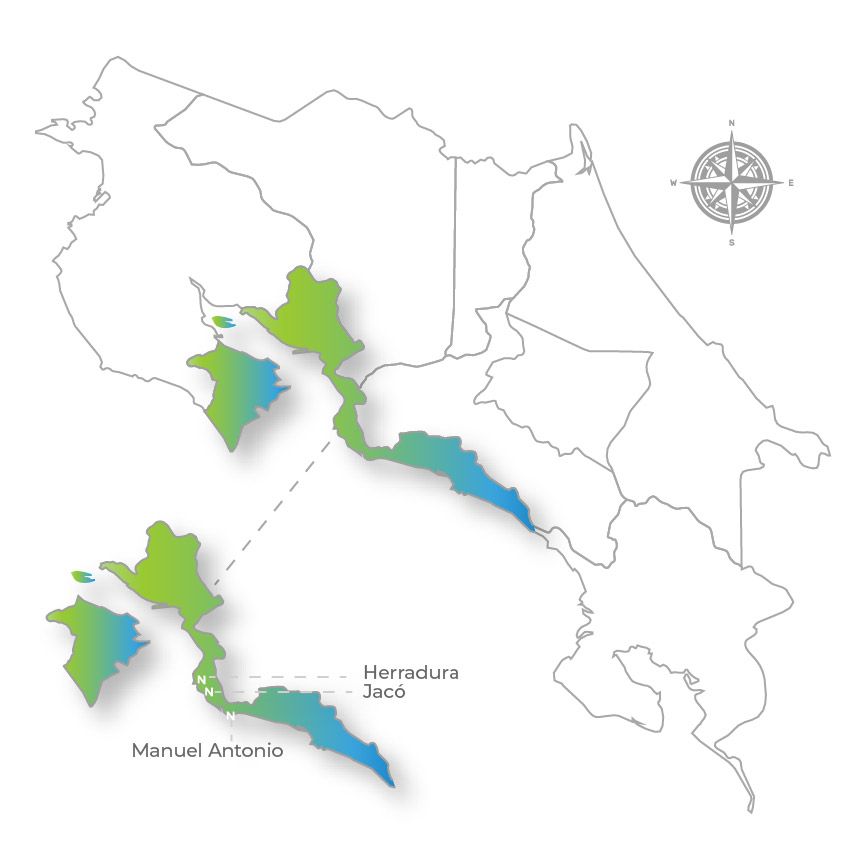 Its topography allows this region to have a great view of the ocean and many beachfront locations. From Tarcoles to Bahia Ballena it is a coastline with mountains in the back.
Its topography allows this region to have a great view of the ocean and many beachfront locations. From Tarcoles to Bahia Ballena it is a coastline with mountains in the back.